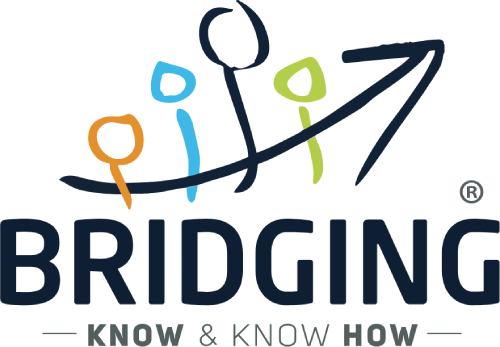
The Change Catalyst: Unveiling the Manager’s Role in Effective Change Implementation
The Change Catalyst: Unveiling the Manager’s Role in Effective Change Implementation
In the dynamic world of organizational change, managers are the linchpins that hold the team together. Prosci’s CLARC roles – Communicator, Liaison, Advocate, Resistance Manager, and Coach – provide a structured framework for managers to play multifaceted roles during change implementation. Building upon the Prosci methodology and the ADKAR model, this article explores how managers can excel in each CLARC role to drive successful and sustainable change within their teams.
Communicator Role
As a Communicator, the manager serves as the chief storyteller, articulating the “why” behind the change. This role involves crafting clear and compelling messages that resonate with the team, fostering awareness and understanding of the change’s necessity and benefits.
Communicating the “Why”:
Explore how effective communication is crucial in the Awareness and Desire stages of the ADKAR model. Managers, as Communicators, should prioritize transparent and authentic communication to build a foundation for successful change adoption.
Liaison Role
The Bridge Builder:
In the role of Liaison, managers act as bridges between different stakeholders, teams, and departments. This role involves fostering collaboration and ensuring that communication flows seamlessly across organizational boundaries, promoting a cohesive and unified approach to change.
Facilitating Cross-Functional Collaboration:
Discuss how the Liaison role contributes to the Knowledge and Ability stages of the ADKAR model by promoting collaboration and knowledge sharing. Managers must actively engage with diverse teams to ensure a holistic understanding of the change and its implications.
Advocate Role
Championing the Cause:
As Advocates, managers champion the change within their teams. This role involves actively supporting and promoting the change, emphasizing its alignment with organizational goals and individual benefits. Managers become advocates for transformation, inspiring others to follow suit.
Aligning Personal and Organizational Goals:
Highlight the significance of the Advocate role in the Desire and Knowledge stages, where managers align personal and team goals with the overarching organizational objectives. By doing so, they contribute to a sense of purpose and motivation among team members.
Resistance Manager Role
Identifying and Addressing Resistance:
In the role of Resistance Manager, leaders proactively identify and address resistance to change. This involves understanding the reasons behind resistance, empathizing with team members, and implementing strategies to mitigate resistance and encourage a more positive outlook.
Mitigating Resistance Throughout the ADKAR Model:
Discuss how the Resistance Manager role is integral in all stages of the ADKAR model. Managers must anticipate, address, and overcome resistance to ensure a smooth transition from Awareness to Reinforcement.
The Coach Role
Empowering Through Guidance:
As Coaches, managers provide individualized support, guidance, and skill development to team members. This role focuses on building the Ability and reinforcing the change by ensuring that individuals feel confident and competent in their roles during and after the change.
Continuous Learning and Skill Development:
Emphasize the importance of coaching in sustaining change. Managers who act as coaches contribute to ongoing learning and skill development, fostering an environment where team members are continuously adapting and growing in alignment with organizational changes.
Conclusion
Incorporating the CLARC roles into the Prosci methodology and the ADKAR model, the manager emerges as a change catalyst equipped to guide their team through the complexities of transformation. By embracing the roles of Communicator, Liaison, Advocate, Resistance Manager, and Coach, managers become indispensable leaders, steering their teams towards successful and lasting change implementation.





